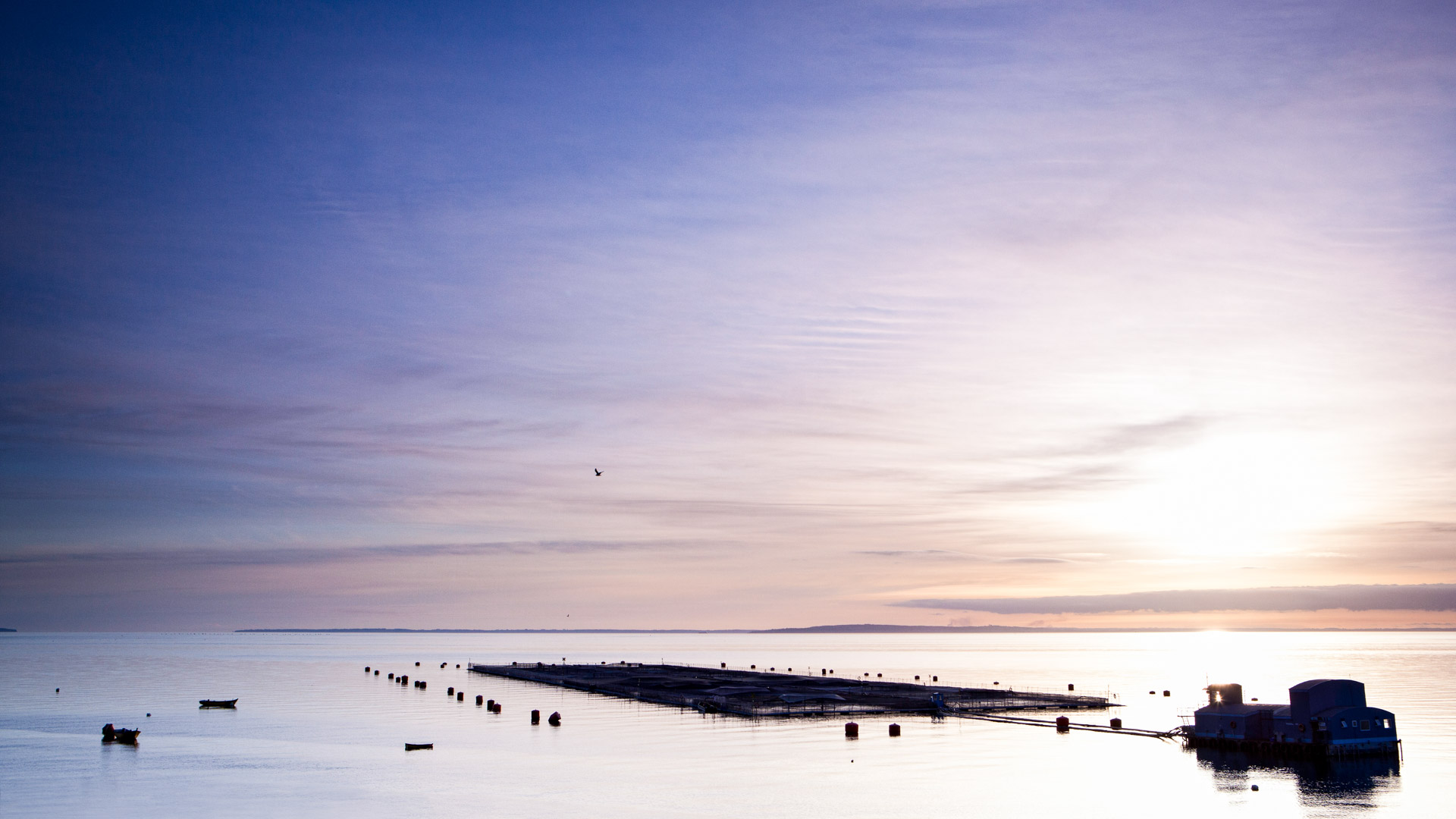
The world of seafood seems daunting at first glance. Take salmon for example. There are multiple species of salmon being sold from multiple parts of the world. In addition to those two characteristics, there are a world of options when it comes to how the fish was raised or caught, where it comes from, how it’s shipped, how it’s packaged, etc. Today we’re exploring a topic you might have heard before; farmed vs. wild salmon.
Farmed or Wild Salmon
The terms “farmed” and “wild” refer to how the salmon is raised or caught prior to arriving in grocery stores, fish markets, restaurants, and online salmon delivery services like Secret Island. Ultimately, no matter the type of salmon you buy, you still have the opportunity to enjoy delicious and healthy seafood, which dieticians recommend eating 2x per week, but there are a few key differences.
Farmed Salmon Explained
Secret Island utilizes a sustainable and transparent farming process. In terms of sustainability, farmed salmon has numerous advantages. Not only does Secret Island lead the industry with the latest energy and resource-efficient technology, but the act of farming salmon benefits both the local fish population and seafood lovers across the world. According to the Global Salmon Initiative (GSI), farmed salmon also:
- Helps meet rising global demand for seafood
- Creates more resilient global food systems
- Combats overfishing and over-exploited wild fish reserves
- Contributes to healthy aquaculture methods, which in turn protects salmon as a species
Wild Salmon Explained
You may be surprised to learn that farm-raised salmon actually contains more protein and higher levels of Omega-3s per serving than wild salmon.
So why has wild-caught salmon received all the buzz in recent years as a trendier or even “healthier” variety? Well, it could just be a personal preference – or a lack of knowledge of just exactly how salmon are sustainably farm-raised – but the truth of the matter is that even though farmed and wild salmon may seem very different, they are actually quite a similar product.
The main issue with wild-caught salmon, as mentioned before, is the way the commercial fisheries are managed and maintained by state and federal authorities. The potential for over-fishing (or depleting the natural resource faster than it can be replenished – thus reducing the overall biomass of fish and destabilizing fragile ocean ecosystems) is real. So if you choose wild salmon over sustainably farmed, just make sure you’re sourcing it from a well-managed fishery.
Trends show that more people are opting for healthier protein options like seafood – and salmon in particular – so it raised the question of how wild-caught salmon alone would be able to meet the increasing demand.
Which Should I Buy?
At the end of the day, eating salmon is part of a heart-healthy diet and that goes for both farmed and wild-caught salmon. Being knowledgeable about where and how your salmon got to your plate is the best way to ensure you’re eating high-quality seafood. The American Heart Association recommends eating fish twice a week to reduce the risk of cardiovascular disease.
Want to see the benefits of farmed salmon for yourself? Check out Secret Island’s subscription salmon box or portioned salmon filets and order today!
